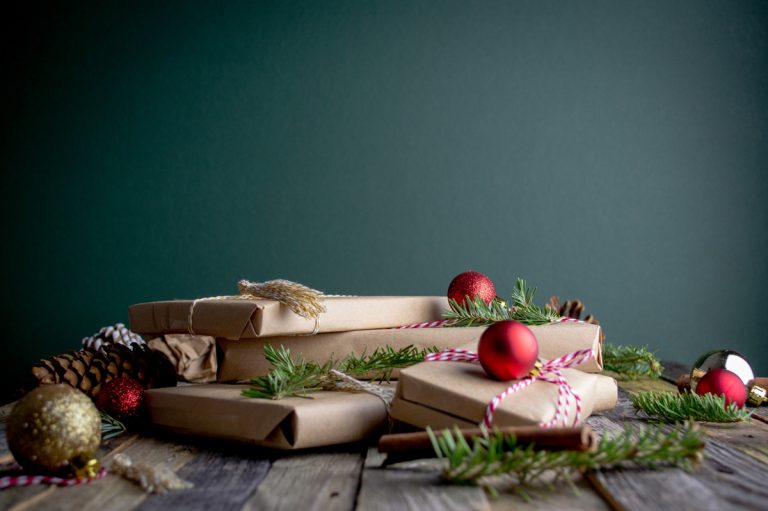Everything you’ll need to construct your own DIY Christmas cracker this year
It’s that time of year again—by now, you may be well in tune with the long lost Christmas songs of last year. You may have even dusted out the tinsel and put the tree up in its assertive homely position. Or, you may have reverted to hermit status and have chosen to drown out the festive spirit this year.
Either way, Christmas is around the corner and it’s always helpful to have one or two DIY hacks up your sleeve. In this instance, we’re tackling the humble Christmas cracker. Stay tuned for all things construction and curation.
What will you need to make a Christmas cracker?
First off, keep a hold of all the toilet roll tubes that you would have otherwise chucked in the bin, you’ll need a few of those! It doesn’t matter how many you’ve been hoarding, so long as you have enough to cater for all of your impending dinner guests.
Apart from these, you’ll also need wrapping paper (you can use any paper; newspaper, book pages, painted paper, etc.), sticky tape, cracker snaps (not necessary unless you want the bang), scissors, a string or ribbon, and a few small exciting things to place inside your crackers.
Christmas cracker stuffing ideas
I like to make my Christmas crackers more like a present as opposed to a cheap throwaway accessory. Check the shelves of some sustainable stores near you, maybe some little wooden teaspoons? They’re always useful, and they’re cheap. Maybe some lipstick or lip balm. What about eye shadow? Mascara? Think of little things that will be useful to whoever will open the crackers. A roll of film? Maybe even a nice pen? A ball of nutmeg or a sachet of mixed spice? You get the gist.
How do you construct your Christmas cracker?
First off, get your toilet roll tube and place it in the middle of the paper you’d like to wrap your cracker in. Hold it in place with some sticky tape. If you’re using cracker snaps, line one of them up from one end of the paper, through the tube, and out to the other side of the paper.
Roll the paper around the tube and secure it with a few bits of tape so that the tube doesn’t wiggle around. You should have a longer tube of paper in a roll now, open on either end, with the tube somewhere in the middle.
Find the end on one side of the tube, and squish the paper at the end of it down. You can give it a light twist, or shape it however you want so that the cracker has a nice ‘neck’ to it. Think bow tie. Then, tie a piece of your string or ribbon around the neck so that it holds in place, cut off the straggly bits of the knot or make a bow with the string.
You should have one end of the cracker open still, so that you can drop your little presents into the cracker. Then do just that, drop them in! Seal the end the same way you did on the other side, with a nice neck and all. Et voilà!
You have just made your own Christmas cracker. Pat yourself on the back, pour yourself a mug of Baileys and congratulate yourself on participating in a worthwhile sustainable festive season.





